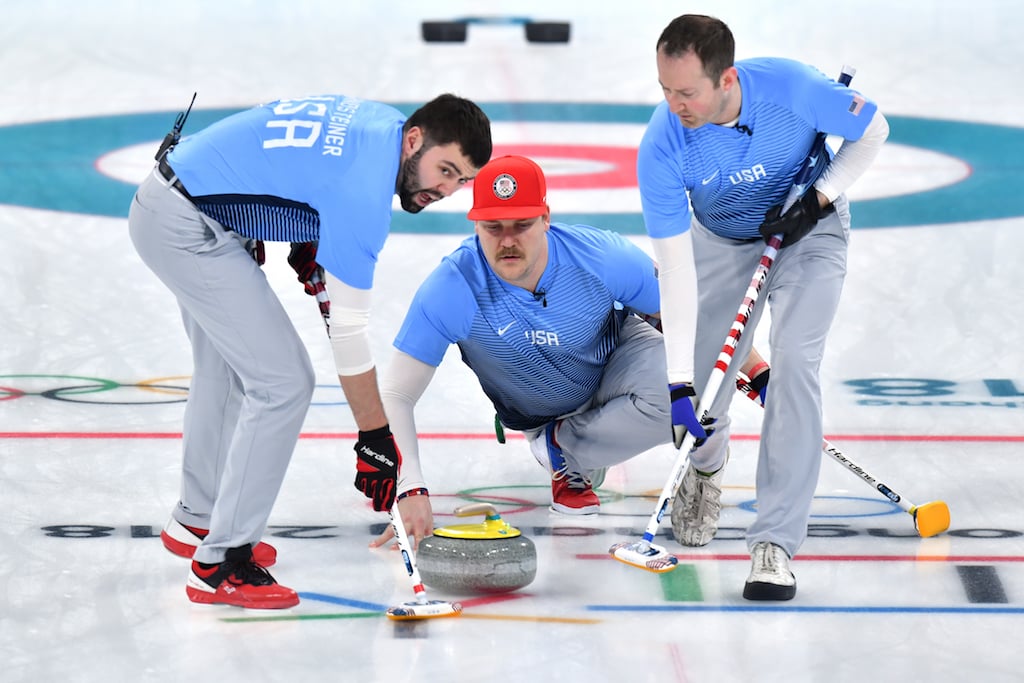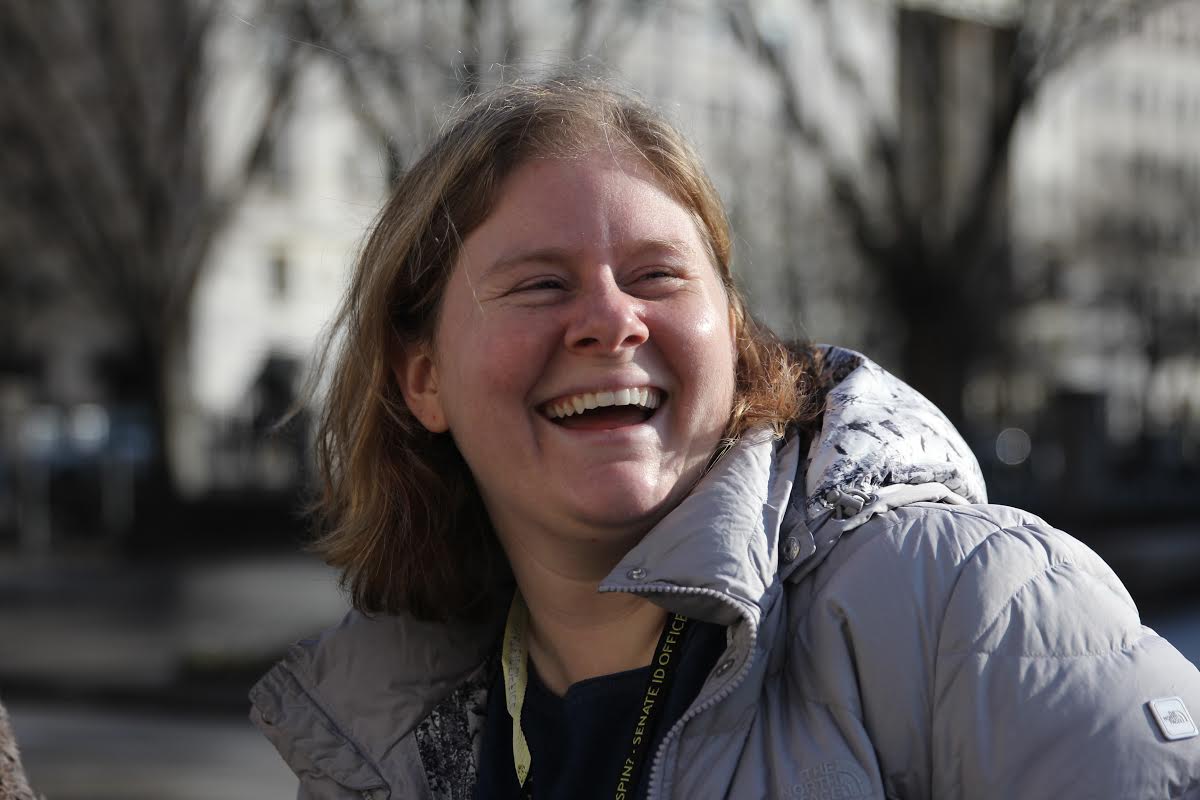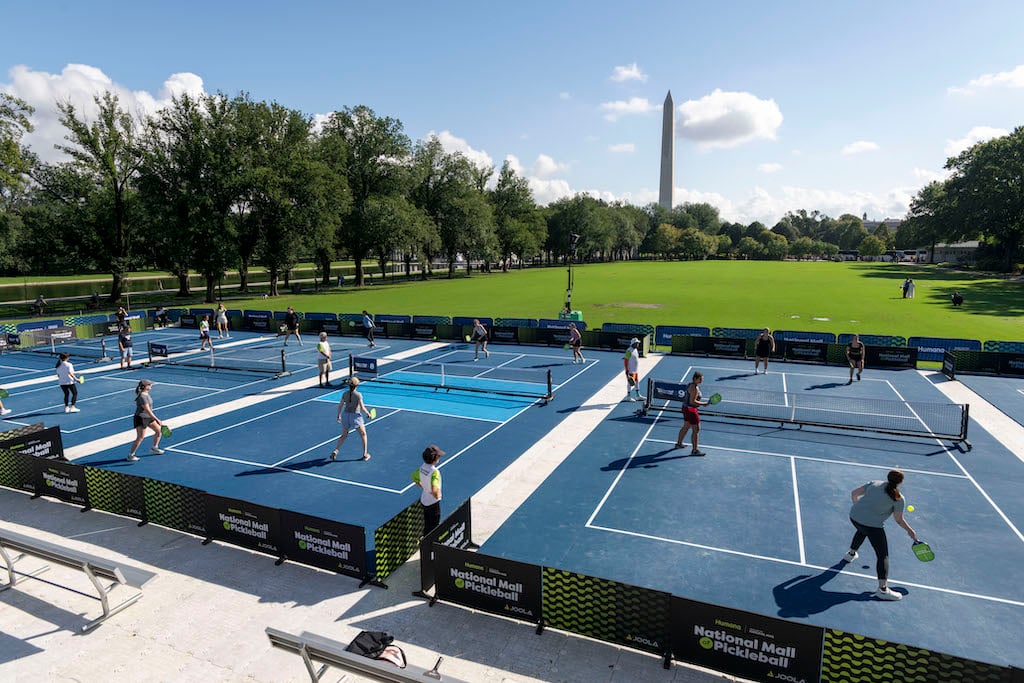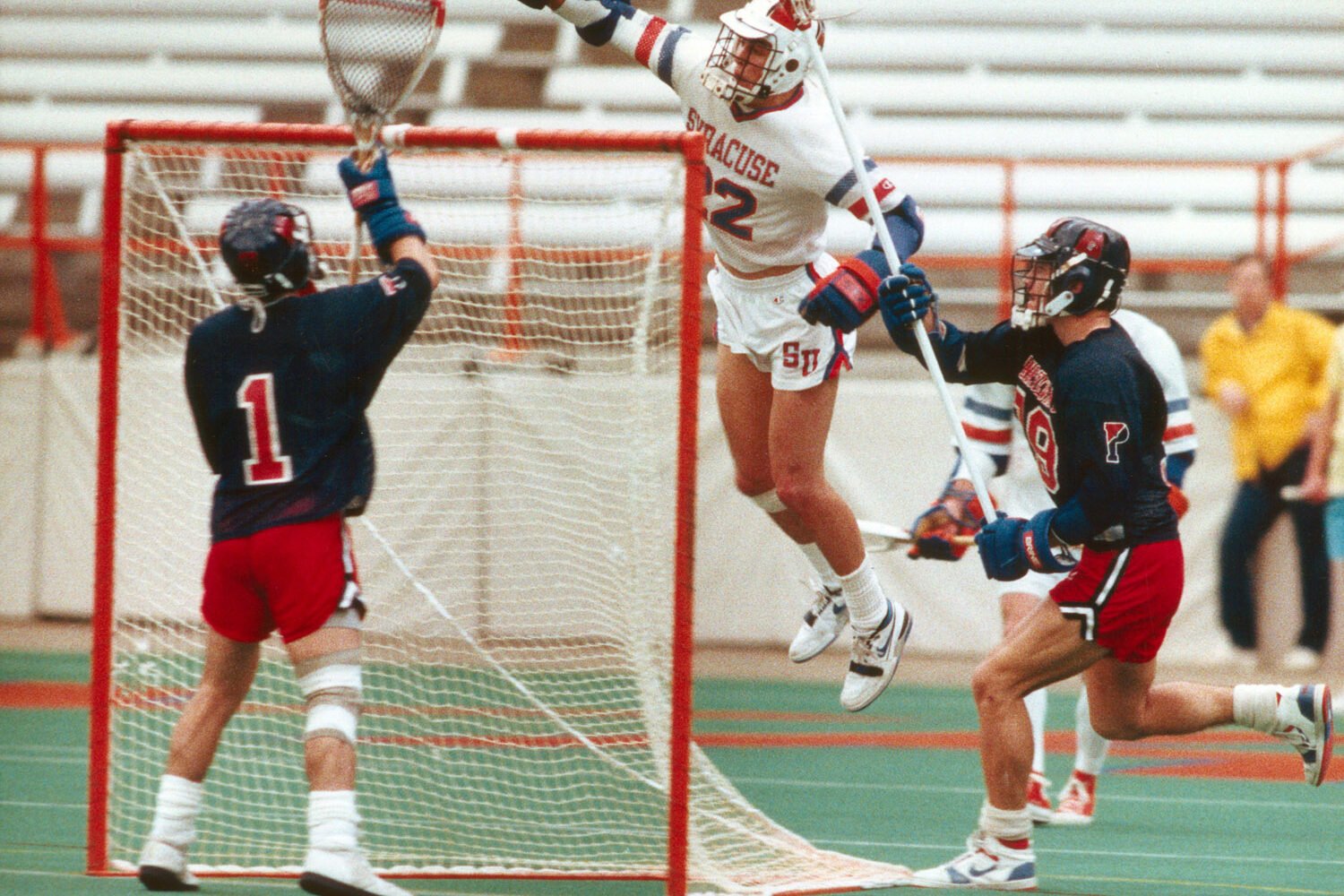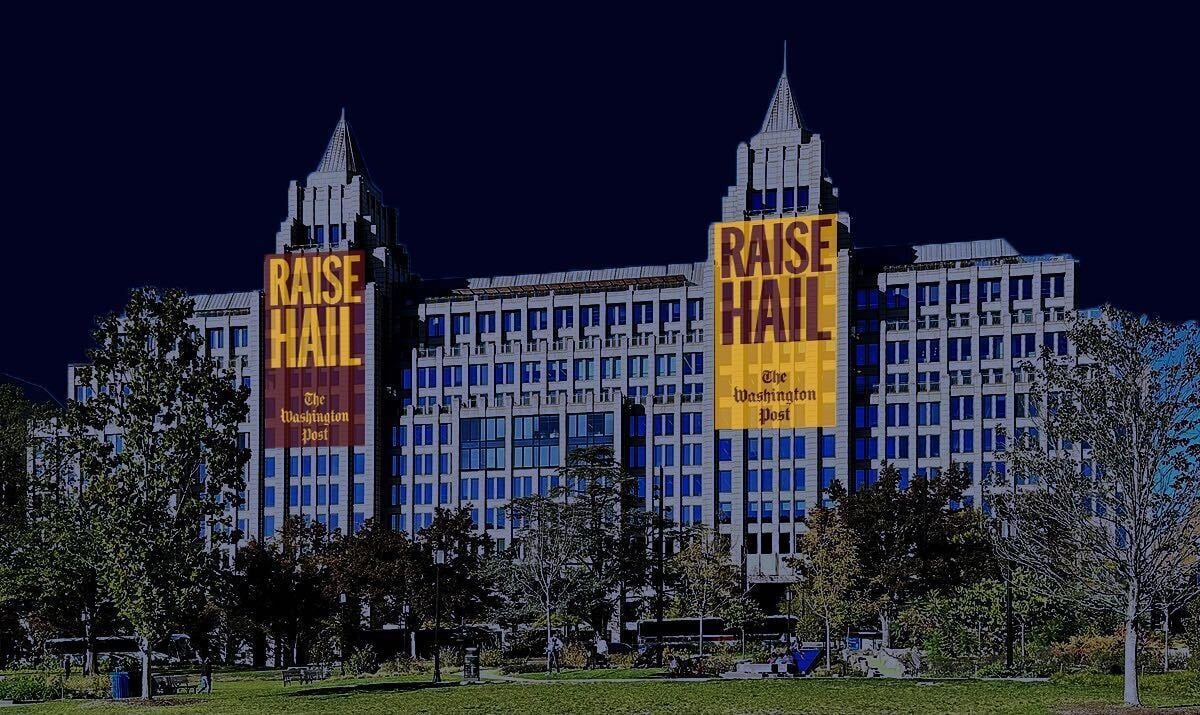Americans may have gotten tired of watching the Winter Olympics on TV, but a lot of people seem to be interested in actually trying curling. The volunteer-run Potomac Curling Club in Laurel has been short on space and long on voicemails since the games, where the US men’s curling team won gold.
“We’ve been overwhelmed with requests,” says Joe Rockenbach, the president of the board of directors at the Potomac Curling Club.
The 300-member club has seen interest up across all age ranges, but Rockenbach noted that it seemed particularly large among adults. The 12 spots available in the “Saturday morning breakfast extravaganza,” the club’s only drop-in curling event, fill up in “literally eight seconds,” Rockenbach said.
“It’s a good problem to have…but we have limited space. It’s very good, but it’s quite a problem.”
Why are so many people interested in curling? A couple of reasons come to mind.
It’s a great way to socialize.
“After the games you have this…we call it broom-stacking, which comes from when, a long time ago, midway through the game, you would take a break,” Rockenbach explained. “Everyone would stack their brooms on the ice, move off the ice and socialize. Have a drink or two, a little snack, and just hang out. When the game is over nowadays, everyone will shake hands, sit down, and hang out with the other team for a while.”
It’s attainable.
“I think people see it on tv and think ‘I can do that,’” said Rockenbach. “It’s one of the rare Olympic sports where you can say that. I can’t watch ski jumping and say, ‘oh, I can do that.’ Curling certainly looks that way. You don’t have to be 6-foot-7, you don’t have to squat 500 pounds to play.” Curling is also “a sport where a group of 35-year-old men can absolutely lose to a group of 65-year-old women — and it’s not that big of a deal.”
It looks like fun.
“It’s a slow sport,” Rockenbach said. “You can watch the strategy evolve, and you can learn as you go along. With curling, it’s like bocce. And then, if you watch more of it, you start to pick up on the strategy.”
Although curling remains a niche sport–of the most populated 14 urban centers in the US, approximately none offer a dedicated curling club within city limits–interest in it continues to grow and that spills over into new facilities, too.
“There’s definitely an increased interest in curling,” says Kim Nawyn, director of growth and development at USA Curling. She cited filled-to-bursting open houses at clubs, as well as a growing number of clubs and facilities across the country. USA Curling and its affiliate clubs welcome the growth; curlers have a real sense of humor about their sport. The hold music at USA Curling, for example, is a Cheetos-affiliated cover of “Teach Me How to Dougie,” titled “Teach Me How to Curl.” Yes, there’s a music video.
The Potomac Curling Club saw a net gain of 60 members, approximately 20 percent of its current membership, after the 2014 Winter Olympics. Rockenback expects to see a similar surge in membership this year.
“There was a spike (in membership) in 2010, and then it dips.” said Rockenbach. “Spike in 2014, and then it dips. But, when it dips, people tend to stick around more.”

